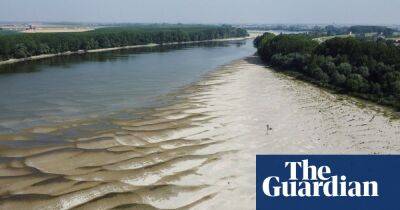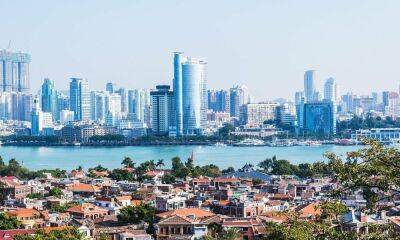Global oil and gas prices have been highly volatile – what will happen next?
Over the past two and a half years, world oil and gas prices have been subject to demand shocks and supply shocks – and sometimes both simultaneously. The resulting volatility in energy markets is a reflection and a microcosm of a careening global economy.
The price of Brent crude oil declined from a “normal” $68 a barrel at the end of 2019 to $14 a barrel in April 2020 as the Covid-19 pandemic spread worldwide. Two years later, in March 2022, the price soared to $133 a barrel after Russia invaded Ukraine. Now it is falling again amid growing fears of a recession in the US. But the price could rise sharply if the Chinese economy bounces back from the stupor induced by its zero-Covid policies.
What will happen next, and how can policymakers keep their eye on environmental sustainability in the face of this market turmoil?
One reason why oil and gas prices are so volatile is that short-term demand for energy responds much faster to changes in growth than to price changes. So, when there is an energy shock, it can take a huge price change to clear the market.
And the pandemic was the mother of all shocks, bringing about the biggest sustained shift in demand since the second world war. Before Covid-19, global oil demand was about 100m barrels a day but lockdowns (and fear) sent demand plummeting to 75m barrels a day. Suppliers could not collectively turn off the spigot fast enough (slowing down a gushing oilwell is not a trivial task). On 20 April 2020, the oil price fell briefly to minus $37 a barrel, as storage facilities became overwhelmed and suppliers sought to avoid dumping penalties.
Investment in new oil and gas production had already been weak prior to the pandemic, partly in response to worldwide initiatives to steer
Read more on theguardian.com























